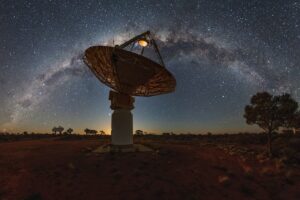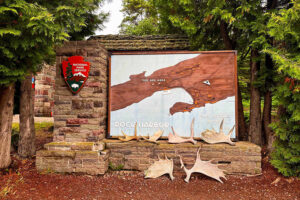The Lyrids have been visiting Earth every year since at least 687 BC. Like clockwork, the granules of dust and rock pour through our atmosphere every year between around April 15-29. They’re the longest-observed meteor shower on Earth, and they’ll peak this weekend.
Consensus this year places the height of the fusillade on Saturday night, April 22. You can expect to spot about 10 to 20 meteors every hour between then and sunrise on Sunday. Though the Lyrids don’t fall in numbers as heavy as other showers — like the prolific Perseids — you can distinguish them by their long tails, visible for several seconds as the atmosphere strips them apart.
Earthlings observe the Lyrids each year because they’re the leftover remnants of a long-travel comet. Comet Thatcher (C/1861 G1) takes 415.5 years to orbit the sun once, according to NASA. In its hurtling wake, it leaves a sprinkling of cosmic dust. So our planet, in its familiar and much shorter trip around the sun, rolls through it reliably every year.
If you’re in the Northern Hemisphere, you’re in the best spot to watch the Lyrids this year. Forget the telescope, get out of town, hunt dark skies, kick back — and enjoy the celestial show. Check out these recommendations from NASA for more.






